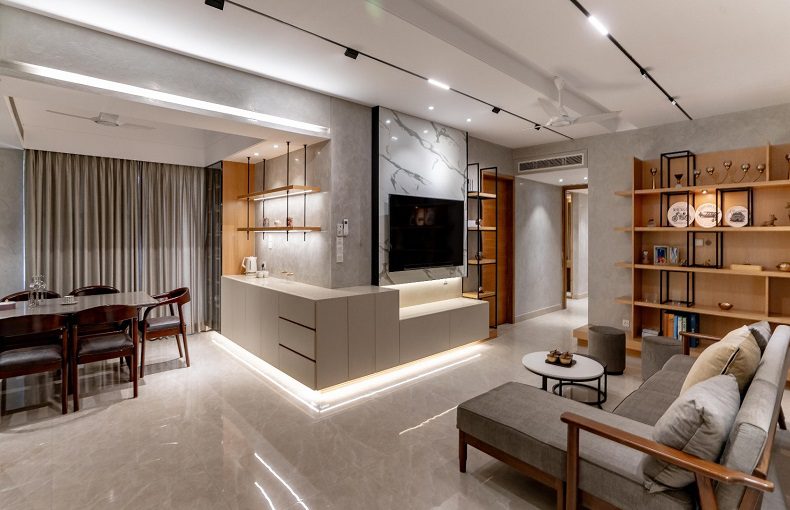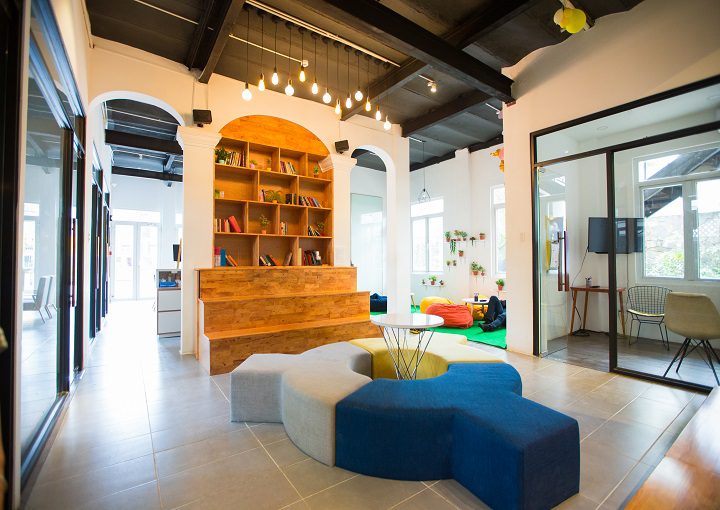Minimal Interior Design: Simplicity Meets Functionality
Minimalism is more than just a trend in interior design; it’s a lifestyle choice that embraces simplicity, clarity, and purpose. By focusing on essentials and removing excess, minimalism creates a serene and uncluttered space. Whether you’re designing your home or workspace, a minimal approach can drastically enhance your environment.
Less is more when it comes to Minimal Interior Design! Embrace simplicity, clean lines, and open spaces that create a calm and serene environment. With a focus on functionality and eliminating unnecessary clutter, minimalism brings a sense of balance and harmony to any space.
Key Features: – Neutral color palettes (white, beige, grey) – Simple, elegant furniture – Open, airy layouts – Subtle textures and natural materials – Clutter-free, organized spaces
Create a space that breathes and lets you focus on what truly matters. Perfect for modern apartments, offices, or any place where you seek peace and clarity.
Key Elements of Minimal Interior Design
1. Neutral Color Palette
Neutral colors form the backbone of minimal design. White, beige, and soft greys are dominant, as they create a clean and calming atmosphere. These colors act as a perfect canvas for highlighting architectural features or statement pieces.
2. Clean Lines and Geometric Shapes
Furniture and decor in a minimal space often feature clean, straight lines and geometric shapes. This not only enhances the sense of order but also contributes to the visual simplicity that minimalism is known for. Curves are used sparingly to add softness without overwhelming the space.
3. Open Spaces and Natural Light
Minimal interior design thrives in open spaces filled with natural light. Large windows, sheer curtains, and strategic use of mirrors maximize light, making rooms feel more spacious. Open floor plans help maintain the sense of airiness, allowing for free movement and visual flow.
4. Functional Furniture
In minimalism, every piece of furniture serves a clear purpose. Multi-functional furniture is often favored, such as a coffee table that doubles as storage or a bed with built-in drawers. This reduces the need for excess items, keeping the space tidy and practical.
5. Quality Over Quantity
Minimalist interiors prioritize quality over quantity. Instead of filling rooms with numerous decor pieces, minimalists invest in fewer but higher-quality items that are timeless and durable. This creates a space that is both elegant and sustainable.
6. Decluttered Surfaces
One of the hallmarks of minimalism is clutter-free surfaces. From countertops to shelves, everything is neatly organized or hidden from view. Storage solutions, such as cabinets or minimalist shelving units, are essential for maintaining a clean and ordered look.
7. Natural Materials
Materials like wood, stone, and metal are frequently used in minimal interior design. These materials, often left in their natural, unpolished state, add warmth and texture without disrupting the clean aesthetic of the room.
Benefits of Minimal Interior Design
1. Enhances Mental Clarity
A cluttered space often leads to a cluttered mind. minimalist interior design promotes mental clarity by removing visual distractions and unnecessary items. The simplicity of the space helps in maintaining focus and reducing stress.
2. Increases Efficiency
With fewer objects in the room, it’s easier to clean and maintain a minimalist space. Less time is spent managing clutter, allowing you to focus on what truly matters. Minimalist spaces also often lead to better organization, making everyday tasks more efficient.
3. Timeless Aesthetic
Minimalist design doesn’t follow fleeting trends. Its timeless aesthetic ensures that your space won’t feel outdated in a few years. This long-lasting appeal also adds value to your home, making it a smart investment for the future.
4. Sustainability
By focusing on fewer, high-quality items, minimalism promotes sustainability. Instead of constantly replacing cheap, trendy decor, minimalists invest in durable, long-lasting pieces. This approach not only benefits your wallet but also the environment.
How to Achieve a Minimalist Look in Your Home
1. Start with Decluttering
The first step to creating a minimalist space is decluttering. Go through each room and remove items that no longer serve a purpose or bring joy. Be ruthless in deciding what stays and what goes.
2. Choose a Neutral Base
Select neutral colors for walls, floors, and larger furniture pieces. This will create a harmonious and calming backdrop. You can always add small pops of color through decor, but keep the overall palette soft and muted.
3. Prioritize Functionality
Every item in a minimalist space should serve a function. Before purchasing new furniture or decor, ask yourself if it adds value to the room. Opt for pieces that are both functional and aesthetically pleasing.
4. Embrace Negative Space
Don’t be afraid to leave areas of your room empty. Negative space, or the space between objects, is a crucial element of minimal design. It allows the room to breathe and prevents it from feeling crowded.
5. Invest in Quality
When it comes to minimalist decor, less is more. Instead of buying multiple cheap items, invest in a few high-quality pieces that will stand the test of time. These pieces should reflect your personal style and enhance the overall aesthetic.
Conclusion:
Minimal interior design is all about achieving balance, simplicity, and elegance through thoughtful choices. By decluttering, using neutral tones, and selecting functional yet beautiful furniture, you can create a space that is both peaceful and inviting. Embrace the “less is more” philosophy, and you’ll find that your home not only looks better but also feels better to live in.





